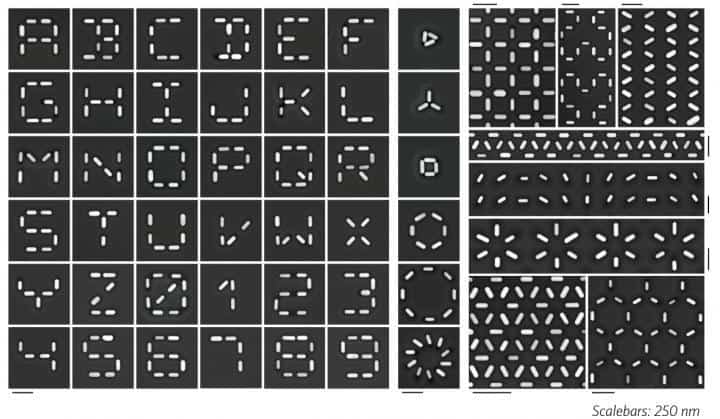
Researchers in EPFL's Laboratory of Microsystems have found a way to precisely position hundreds of thousands of nanoparticles on a one centimetre square surface. According to EPFL, the nanoparticles were placed within one nanometre - versus 10 to 20 nanometres using conventional methods - and oriented within one degree.
Led by Jürgen Brugger, their work, which was published in Nature Nanotechnology, sets the stage for the development of nanometric devices including optical detection equipment and biological sensors.
"If we manage to place gold nanoparticles one nanometre apart, we could, for example, confine light to an extraordinary degree and detect or interact with individual molecules," said Valentin Flauraud, the lead author.
For their study, the researchers used gold nanoparticles that were grown chemically in a liquid.
"These nanoparticles exhibit better properties than those produced through evaporation or etching, but it is more difficult to manipulate them, because they are suspended in a liquid," said Flauraud.
Their technique consists of taking a drop of liquid full of nanoparticles and heating it so that the nanoparticles cluster in a given spot. This is then dragged across a substrate that contains nanometric barriers and holes.
When the nanoparticles encounter these obstacles, they detach from the liquid and are captured by the holes. Each trap is designed to orient a nanoparticle in a specific way.

"The challenge was to figure out how the liquid, the particles and the substrate interact at the nanometric scale so we could trap the nanoparticles effectively," said Massimo Mastrangeli, the second author and now a researcher at the Max Planck Institute for Intelligent Systems in Stuttgart.
To show how well their method works, the researchers took on several challenges. First, they tested the optical properties of their system with a transmission electron microscope in EPFL's Interdisciplinary Center for Electron Microscopy (CIME).
They then showed that their technique could be used to produce geometrically complex structures by writing out the alphabet with nanoparticles - the smallest segment display in the world.
"All of this work was conducted at EPFL and is the result of strong synergies between the various technical platforms and the labs," said Prof Brugger. "It's an excellent example of how top-down and bottom-up methods can be combined, opening the door to numerous unexplored fields of nanotechnology."




Nanogenerator consumes CO2 to generate electricity
Nice to see my my views being backed up by no less a figure than Sabine Hossenfelder https://youtu.be/QoJzs4fA4fo